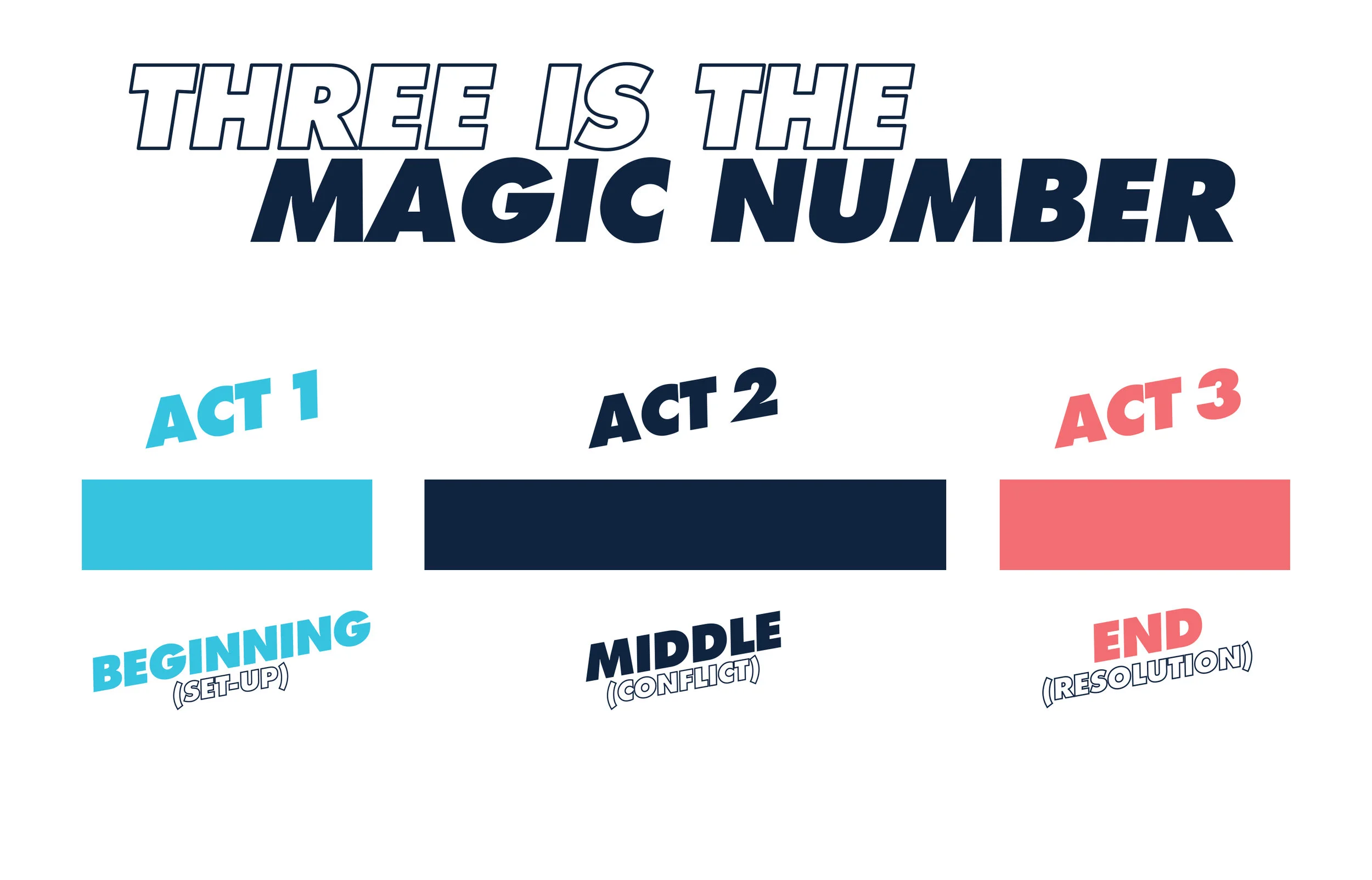The Persuasive Power of Social Proof
Humans are innately social creatures and will do anything to conform to the group.
In one famous 1960s experiment, psychologist Stanley Milgram ventured out onto the busy streets of New York with his colleagues Leonard Bickman and Lawrence Berkowitz.
When they found a suitable spot, he asked one of his research assistants to stop and gaze skyward for 60 seconds.
Most people simply passed by the assistant without glancing to see what he was staring at.
However, when four more of his colleagues joined the first to form a group of skygazers, the number of passersby stopped to join them more than quadrupled.
The numbers increased even more when a total of fifteen research assistants stood on the street looking straight up.
What’s going on here, then?
Social proof is the idea that people will conform to the actions of others under the assumption that those actions reflect the correct behaviour.
It is such a powerful force that it’s one of 6 principles of persuasion listed in Robert Cialdini’s best-selling book, Influence: The Psychology of Persuasion.
We do this because of the historical importance of group conformity.
In the earliest days of man, being separated or ostracised from the group was a death sentence, so it became an evolutionary adaptive trait to keep in line with whatever everyone else was doing.
Marketing experts use this to their advantage by including evidence of social proof when advertising their products and services.
They’ll make statements like ‘Join over 10,000 satisfied customers’ or ‘Trusted by industry experts.’
Product reviews are also another effective way to signal group approval (assuming they are mostly positive ones of course).
Another classic is bars and nightclubs creating artificial queues outside their venues to signal their popularity and, therefore, something ‘the group’ approves of.
It seems we find it difficult not to follow the herd.






